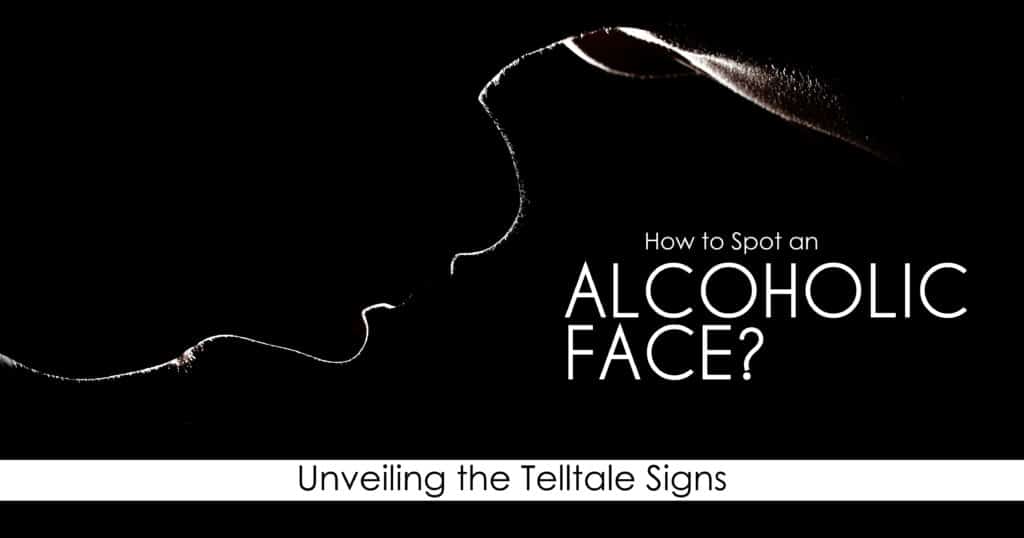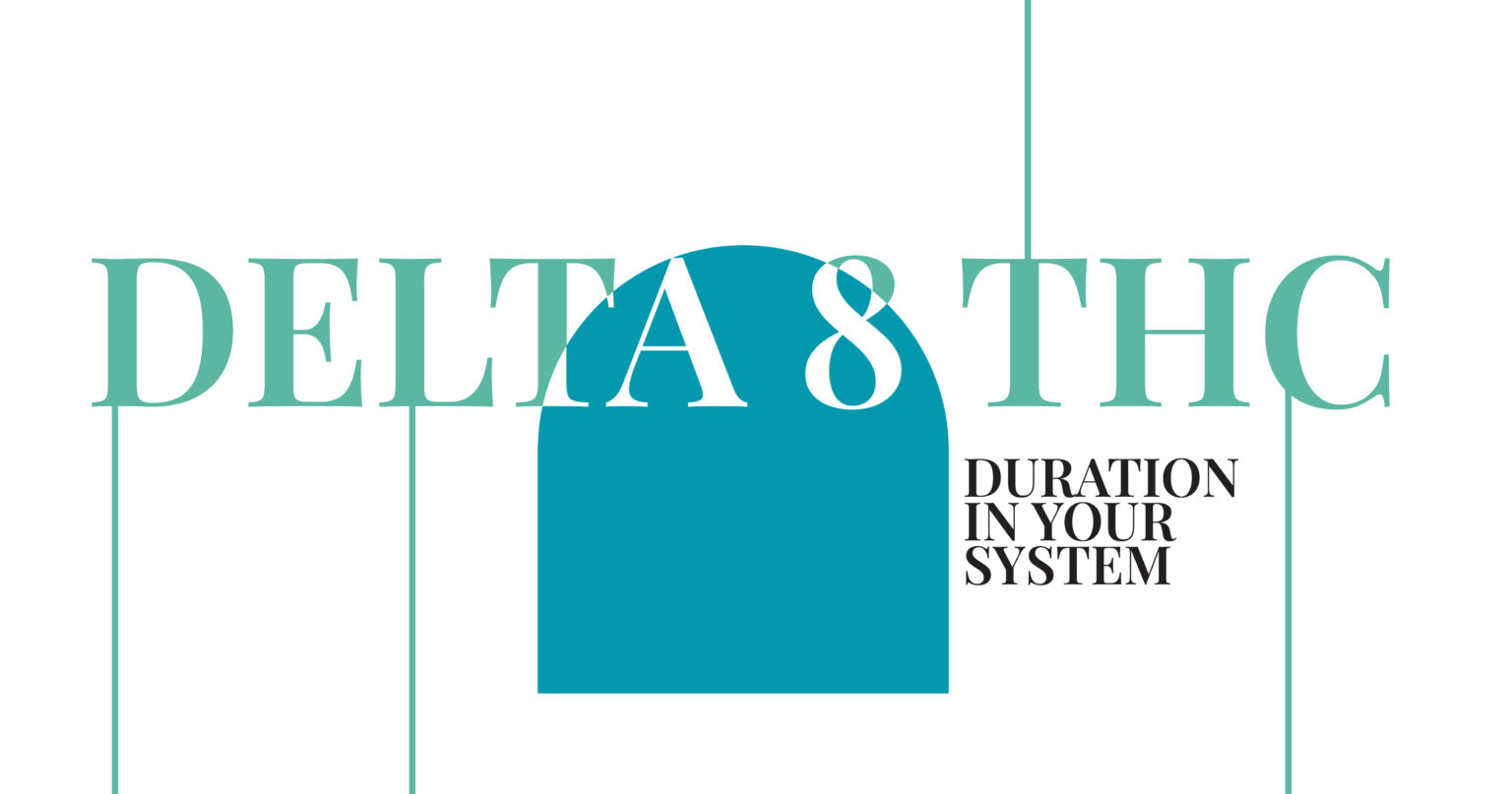
Alcoholism is a serious issue that can have severe consequences for an individual’s health, relationships, and overall well-being. Spotting the signs of alcoholism early on can make a significant difference in helping someone seek the necessary support and treatment. While there are outward behaviors and visible physical manifestations associated with alcohol addiction, this article focuses on identifying the “alcoholic face” —the subtle yet telltale signs that may be apparent in a person’s facial features.
What Is the Alcoholic’s Face?
The alcoholic face refers to distinct physical characteristics that can emerge as a result of chronic alcohol abuse. While not everyone who drinks excessively exhibits these features, they can serve as red flags for potential alcohol-related health issues:
- Flushed or Red Complexion: Persistent redness in the face, especially the cheeks and nose, can be a clear sign of excessive alcohol consumption. This occurs due to the dilation of blood vessels caused by alcohol’s impact on the circulatory system.
- Broken Capillaries: Delicate blood vessels under the skin can become damaged over time with continued alcohol abuse, resulting in spider-like lines known as telangiectasias. These broken capillaries are often seen on the cheeks and nose.
- Puffy or Swollen Face: Alcohol can cause fluid retention and inflammation, leading to facial puffiness or a swollen appearance. This can be especially noticeable in the eyelids, cheeks, and chin.
- Dehydrated Skin: Alcohol dehydrates the body, including the skin, resulting in dryness, flakiness, and an overall lack of vitality. Chronically dehydrated skin may appear dull, rough, or prematurely aged.
How to Spot an Alcoholic’s Face
Recognizing an alcoholic’s face requires attention to detail and observation. It is essential to approach this topic with empathy and sensitivity as it addresses a serious issue that affects individuals and their loved ones.
- Facial Redness: Look for persistent facial redness, particularly in the cheeks and nose, even when the individual is not actively drinking. This reddened complexion may be more pronounced during or after alcohol consumption.
- Visible Blood Vessels: Notice any spider-like patterns or broken capillaries on the face, typically concentrated around the cheeks and nose. These visible blood vessels are a result of long-term alcohol abuse.
- Swelling or Puffiness: Observe any facial swelling or puffiness, especially in the eyelids, cheeks, and chin. This can indicate alcohol-induced inflammation and fluid retention.
- Dry and Lackluster Skin: Pay attention to the condition of the person’s skin. Alcohol addiction often leads to chronic dehydration, resulting in dry, rough, and lackluster skin.
- Premature Aging: Notice any signs of premature aging on the face, such as wrinkles, fine lines, or age spots. Alcohol abuse can accelerate the aging process, making an individual appear older than their actual age.
FAQs (Frequently Asked Questions)
Q: Can these signs be present in individuals who drink socially or moderately?
While individuals who drink responsibly may exhibit some mild flushing or temporary redness, the distinct features associated with an alcoholic’s face are more likely to be evident in those who engage in long-term excessive alcohol consumption.
Q: Will these signs disappear if the person stops drinking?
In some cases, certain signs, such as facial redness and puffiness, may improve with sobriety. However, broken capillaries and other permanent damage to the skin may persist.
Q: Are the facial features exclusive indicators of alcoholism?
No, the alcoholic’s face serves as one of many possible indicators of alcohol abuse. It is important to consider other physical, behavioral, and psychological symptoms when trying to identify a potential alcohol problem.
Opus saved my family. The staff was amazing and kept me updated with the entire process while my husband was on his way and through his journey. I would recommend it to anyone looking for treatment. – Bethany
Identifying the Alcoholic Face for Early Intervention and Support
Spotting the alcoholic’s face can serve as an early warning sign, prompting individuals or their loved ones to encourage them to seek help and support. Understanding the physical manifestations of chronic alcohol abuse empowers us to address the issue with empathy and compassion. If you suspect someone may be struggling with alcoholism, reach out to appropriate resources for guidance and intervention.
Remember, an alcoholic’s face isn’t limited to physical appearance alone but is a piece of a larger puzzle. Open communication and professional assistance can facilitate the journey toward recovery and a healthier life.
We help adults overcome addiction through evidence-based, medically supervised treatment in Orange County, California. See how we align caring professionalism with a holistic recovery approach. Learn more about us.



